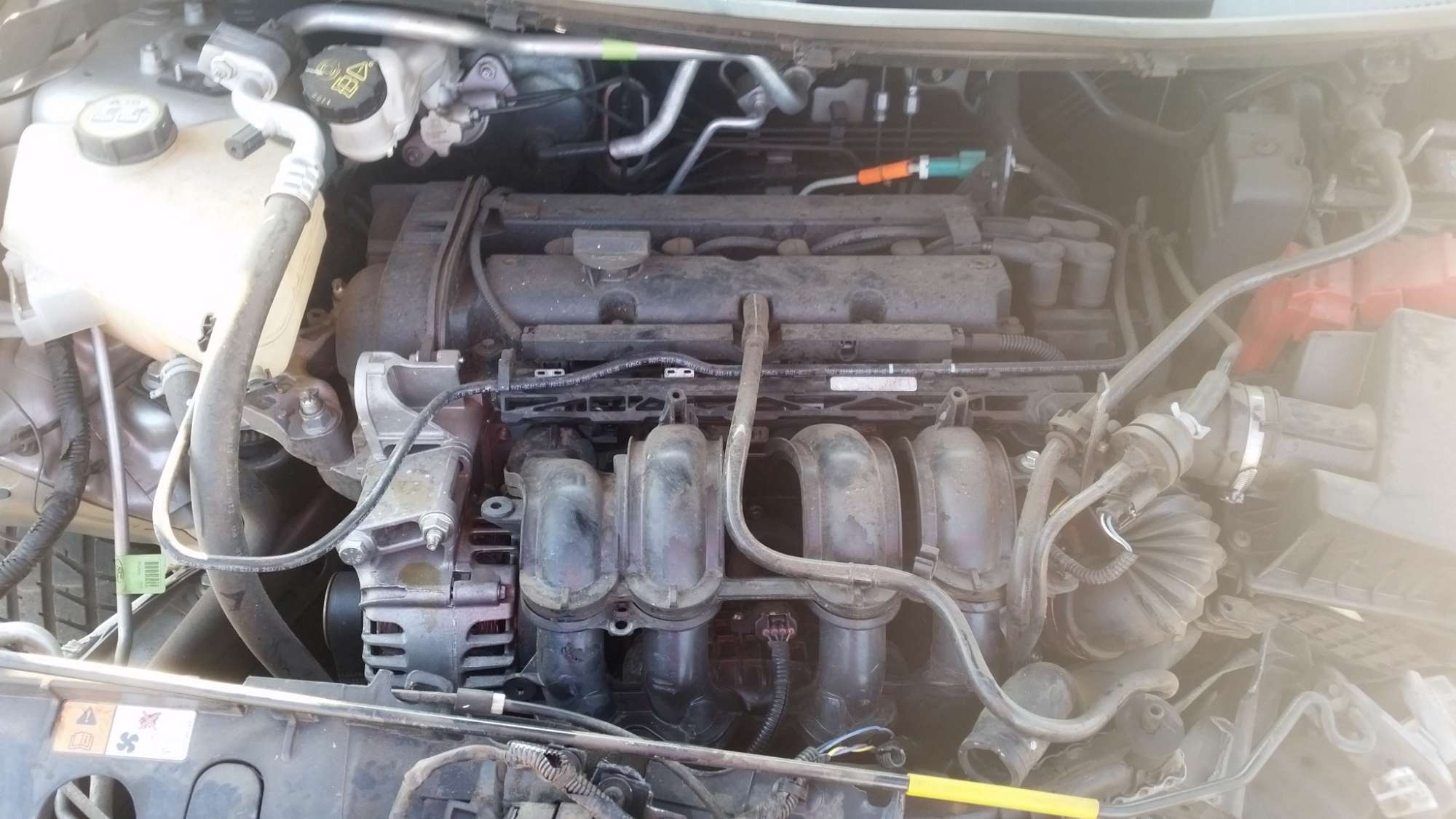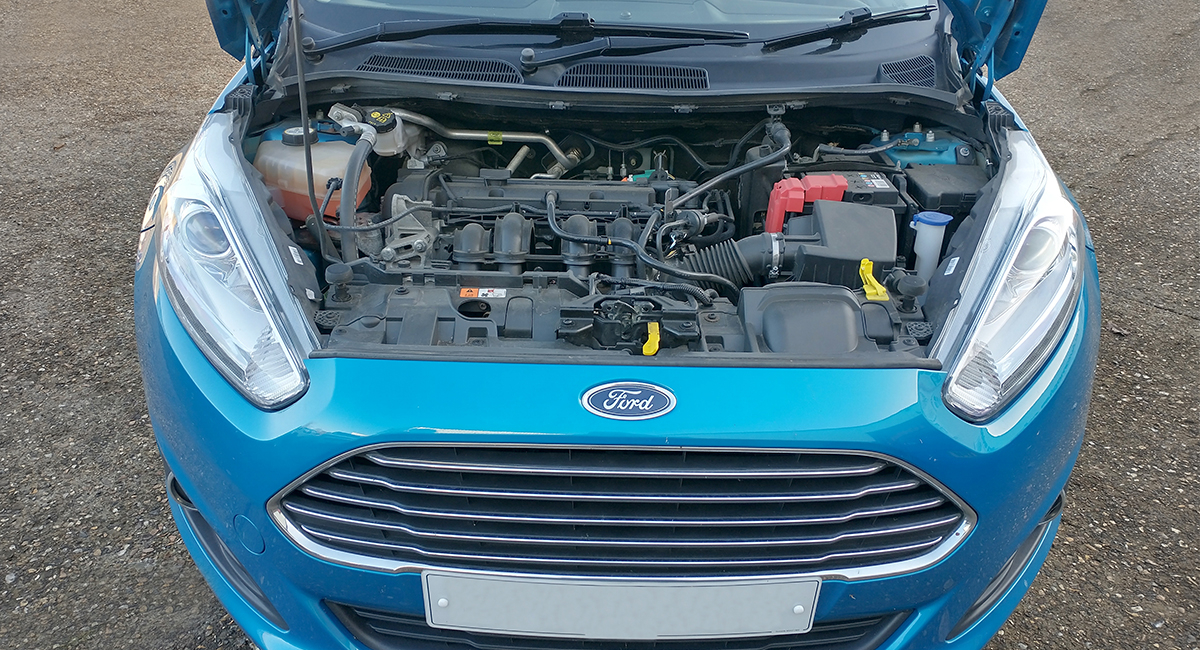What to Look for When Buying a Used Ford Fiesta Engine
What to Look for When Buying a Used Ford Fiesta Engine
Blog Article
The Future of Engines: Developments Driving Sustainable Power Solutions
As the auto market navigates the crucial shift towards sustainability, the future of engines is progressively specified by groundbreaking developments. Electric engine improvements, together with encouraging growths in hydrogen gas cells and biofuels, are reshaping the landscape of power options. The appearance of crossbreed systems further complicates this development, presenting both challenges and chances to reduce exhausts efficiently. Paired with the integration of expert system in engine layout, these technical strides elevate essential questions about their long-lasting practicality and effect on standard standards. What might this indicate for the market and customers alike?
Electric Engine Developments
The development of electrical engine developments represents a pivotal shift in the aerospace and auto markets, driven by the immediate need for sustainable choices to fossil gas. This shift is defined by considerable developments in battery innovation, power electronics, and electric motor design, which jointly enhance the efficiency and efficiency of electric engines.
Current innovations have actually brought about the development of lighter, a lot more energy-dense batteries, such as lithium-silicon and solid-state batteries, which promise longer arrays and much shorter billing times. Additionally, improvements in electrical motor performance, such as making use of long-term magnets and advanced cooling systems, enable electrical engines to run efficiently under differing conditions. These improvements not just improve car performance however additionally contribute to a decrease in general power intake.
Furthermore, the combination of innovative software program formulas has maximized energy monitoring in electric lorries, enabling regenerative braking and predictive charging techniques. As suppliers increasingly embrace electrical propulsion, the aerospace and automotive sectors are experiencing a paradigm change in the direction of greener technologies. This evolution not just satisfies regulative needs however additionally lines up with consumer choices for environmentally pleasant transportation options, solidifying electrical engines as a keystone of future sustainable mobility.
Advancements in Biofuels
As the automobile and aerospace industries significantly focus on sustainable energy resources, advancements in biofuels become a complementary remedy to electrical engines. Biofuels, obtained from natural products such as crops, waste, and algae, offer a cutting-edge avenue for decreasing greenhouse gas discharges and reliance on fossil fuels.
Recent research study has concentrated on boosting the effectiveness and sustainability of biofuel manufacturing. Second-generation biofuels use non-food feedstocks, decreasing competitors with food supply and lowering ecological influence. Moreover, advancements in synthetic biology have actually made it possible for the engineering of microbes to produce biofuels more effectively, causing greater yields and reduced manufacturing prices.
Additionally, the development of drop-in biofuels permits smooth integration into existing infrastructure, allowing a smoother transition for markets commonly depending on fossil gas. ford fiesta engine. These gas can be utilized in current engines without modifications, promoting their fostering throughout numerous sectors
Investments in biofuel modern technology, together with helpful plans, are important to drive technology and scalability. As the worldwide community looks for to fight environment adjustment, biofuels supply a practical, immediate option that lines up with the overarching goal of sustainability in transport and aeronautics.
Hydrogen Fuel Cell Technology
An expanding variety of companies and scientists are discovering hydrogen gas cell modern technology as a feasible option to conventional source of power in transportation and power systems. This technology converts chemical power from hydrogen into electrical energy with an electrochemical response, with water as the only by-product, making it an eco-friendly option.
The core of hydrogen gas cells is the gas cell pile, where hydrogen particles are split right into electrons and protons. The flow of electrons generates power, while protons move via a membrane layer to incorporate with oxygen from the air, forming water. This process results in high performance and reduced emissions, placing hydrogen fuel cells as an essential player in the shift to sustainable energy.
Significant developments have been made in improving the longevity and effectiveness of gas cells, together with minimizing expenses with ingenious manufacturing strategies. Furthermore, the growth of hydrogen manufacturing approaches, such as electrolysis powered by renewable resource resources, boosts the sustainability of the general system. As facilities for hydrogen refueling expands and manufacturing techniques become much more efficient, hydrogen gas cell technology holds fantastic guarantee for decarbonizing numerous sectors, including sturdy transportation and stationary power generation.
Crossbreed Equipments and Their Effect
Crossbreed systems stand for a considerable evolution in sustainable engine technology, combining conventional inner burning engines with electric propulsion to optimize energy efficiency and minimize exhausts (ford fiesta engine). other This double approach allows cars to make use of both source of power, enabling higher versatility in energy intake and lowering reliance on nonrenewable fuel sources

In addition to environmental benefits, hybrid systems use customers a feasible shift towards fully electric vehicles. They minimize variety anxiousness by incorporating the benefit of fuel with the benefits of electric propulsion, making them an attractive choice for a broader target market.
The Function of AI in Engine Layout
Leveraging sophisticated formulas and device learning techniques, the vehicle market is progressively incorporating expert system (AI) into engine layout procedures. AI enhances the effectiveness and effectiveness of layout by analyzing huge datasets to identify optimal configurations and performance criteria. This ability allows engineers to simulate different operating conditions and anticipate engine habits under several situations, substantially reducing the time and price related to conventional prototyping techniques.
Moreover, AI assists in the growth of advanced products and burning procedures customized for sustainability. By enhancing fuel effectiveness and reducing discharges, AI-driven styles align with global initiatives targeted at lowering the carbon impact of auto engines. Equipment discovering formulas can likewise predict maintenance demands, causing boosted reliability and longevity of engine parts.
In Addition, AI is crucial in the combination of electrification innovations, such as hybrid systems, where it can maximize battery administration and energy recuperation procedures. As the industry relocates in the direction of more lasting power remedies, the function of AI in engine design comes to view website be significantly essential, driving innovation and boosting the performance of future engines. Ultimately, the cooperation between AI and engine layout advertises a new period of smarter, cleaner, and a lot more efficient auto innovations.

Final Thought
In verdict, the future of engines is being formed by a convergence of innovative innovations that focus click here to read on sustainability. Electric engine improvements, biofuel growths, hydrogen gas cells, and crossbreed systems jointly add to a significant reduction in emissions and environmental impact. Furthermore, the combination of expert system in engine layout boosts performance and efficiency. These transformative solutions highlight a commitment to producing a cleaner, a lot more lasting vehicle landscape, inevitably profiting both society and the environment.
Electric engine developments, alongside encouraging growths in hydrogen fuel cells and biofuels, are reshaping the landscape of power solutions. In addition, enhancements in electrical motor effectiveness, such as the use of irreversible magnets and advanced cooling systems, make it possible for electric engines to run successfully under varying problems. By enhancing fuel performance and lessening emissions, AI-driven layouts line up with global campaigns intended at reducing the carbon impact of automobile engines. As the sector moves towards even more sustainable power options, the function of AI in engine layout ends up being increasingly crucial, driving development and boosting the performance of future engines. Electric engine advancements, biofuel advancements, hydrogen gas cells, and hybrid systems jointly contribute to a substantial reduction in exhausts and environmental effect.
Report this page